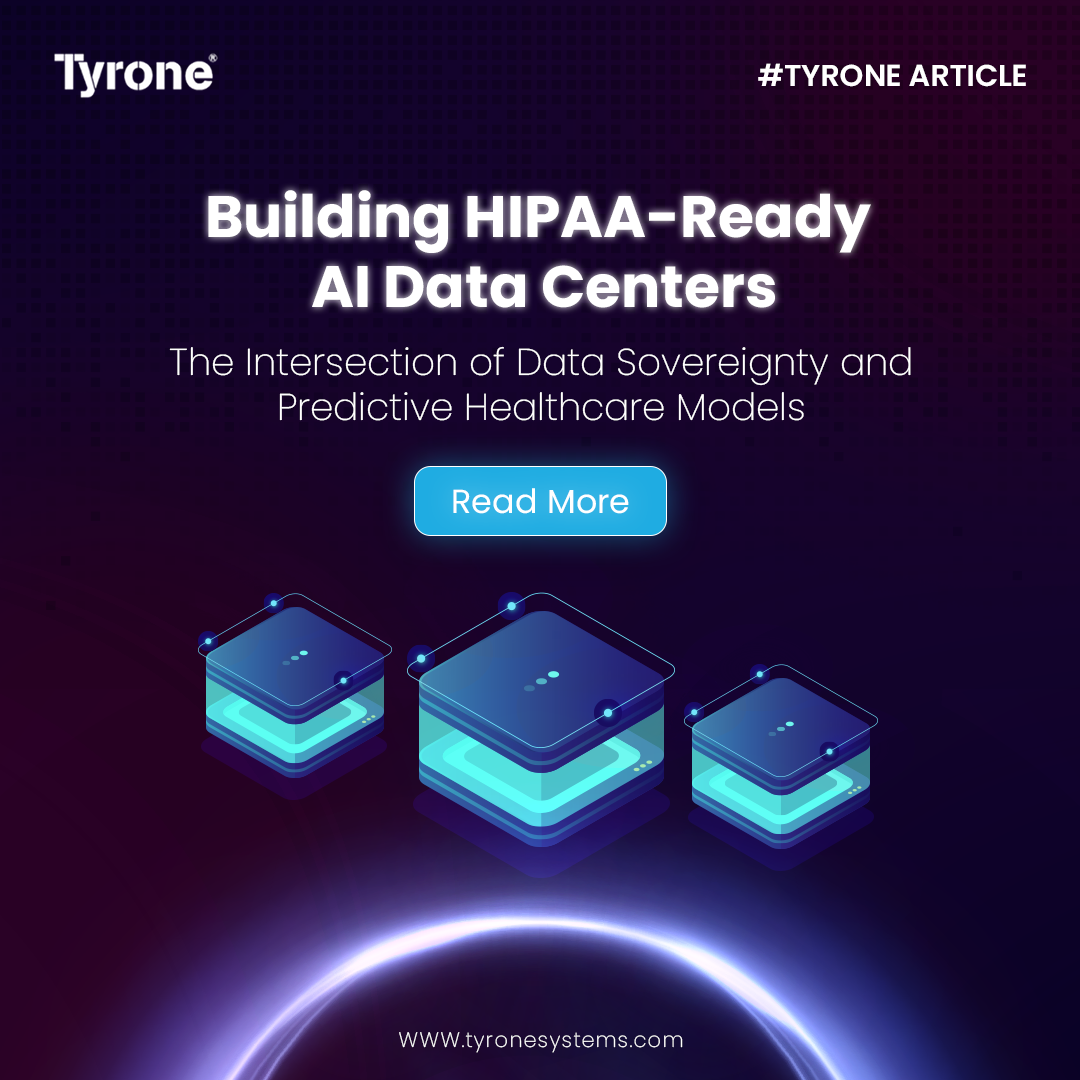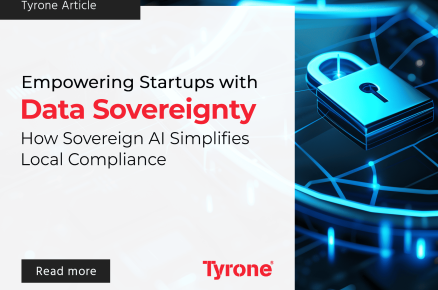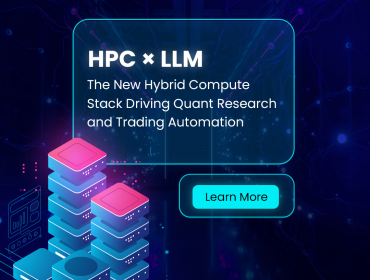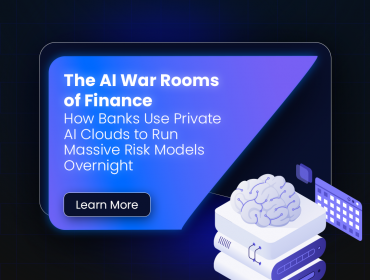Introduction
As healthcare enters the predictive and AI-driven era, stakeholders face a dual challenge, maintaining strict regulatory compliance while enabling data-intensive innovation. For hospitals, insurers, and health-tech enterprises, this means building HIPAA-ready AI data centers that can process sensitive medical data securely, while complying with data sovereignty laws and supporting next-generation predictive models.
This is not about ticking off compliance checklists. It’s about engineering infrastructure that can handle real-time, AI-enabled healthcare workloads, without compromising patient privacy, auditability, or jurisdictional control.
The Imperative for HIPAA-Ready Infrastructure
The Health Insurance Portability and Accountability Act (HIPAA) sets the gold standard for protecting electronic protected health information (ePHI) through administrative, technical, and physical safeguards.
For AI-driven healthcare, however, compliance goes far beyond encryption and access controls. Modern predictive systems require massive data throughput, high availability, traceability, and interoperability, all within a compliant framework.
In short, AI-ready data centers must be as agile as they are secure. They must enable data flow, model training, and real-time inference while maintaining full transparency and auditability.

Predictive Healthcare Models: Data Requisites and Risks
Predictive healthcare models rely on vast datasets drawn from electronic health records (EHRs), imaging systems, genomics, wearables, and population health sources. As the datasets grow richer, so does their predictive power, but also the associated risk.
In 2024, 66% of U.S. physicians reported using some form of AI-powered health technology, marking a rapid shift toward predictive analytics (Source: Intuition Labs). Yet the same aggregation of data introduces challenges, re-identification of anonymized data, algorithmic bias, and cross-border compliance risks.
A robust, HIPAA-ready infrastructure must therefore balance analytical scale with data protection. It must facilitate large-scale AI workloads while enforcing controls that ensure compliance, trust, and ethical AI outcomes.
Data Sovereignty: The Hidden Layer of Compliance
Data sovereignty dictates that healthcare data is governed by the laws of the country or region where it resides. For predictive AI models, which often span multiple regions, this creates a complex operational challenge.
- Infrastructure Location vs. Control:
Physical data localization alone doesn’t ensure sovereignty. A 2025 study found that 48% of non-U.S. data center projects were operated by U.S. companies, showing that ownership and jurisdiction can be misaligned (Source: Richardson et al., arXiv).
2. Cross-Border Data Flows:Predictive healthcare often benefits from international collaboration. But differences between HIPAA, GDPR, and national health-data laws mean that federated or localized model training is often a safer alternative to centralized global datasets.
3. Vendor Accountability: Under HIPAA, data center operators are Business Associates, directly responsible for maintaining compliance. Every vendor handling ePHI must sign Business Associate Agreements (BAAs) and be audit-ready (Source: HIPAA Journal). In essence, data sovereignty is not just a legal constraint, it’s an architectural principle that shapes how and where predictive healthcare models can be built and deployed.
Designing HIPAA-Ready AI Data Centers
To align compliance, sovereignty, and AI capability, healthcare stakeholders must build infrastructure on four strategic pillars:
1. Multi-Zone Architecture for Segmentation and Sovereignty
Divide physical and virtual environments into zones:
- ePHI storage and processing
- AI model training and inference
- De-identified or pseudonymized datasets
- Public-facing applications
A “sovereign zone” within each jurisdiction ensures data never leaves its regulatory boundary, while federated learning allows AI models to train across distributed datasets securely.
2. End-to-End Data Lifecycle Governance
Govern every stage, from data ingestion to model deployment. Maintain detailed logs, version control, and explainability for every model iteration.
Audit trails should prove who accessed data, how models were trained, and which datasets informed predictions.
3. Technical Safeguards for AI Workloads
HIPAA requires encryption at rest and in transit, but AI adds another layer. Implement:
- Dataset anonymization and pseudonymization
- Secure enclaves for AI training
- Federated learning frameworks to keep data local
- Continuous audit logging and inference monitoring
Real-time AI decisions, like ICU risk predictions or imaging triage, must run on low-latency, high-security pipelines designed for constant verification.
4. Compliance-Centric Vendor and Service Management
Evaluate vendors not only on uptime and cost but on HIPAA alignment, sovereign control, and model transparency. A truly HIPAA-ready partner will:
- Sign Business Associate Agreements (BAAs)
- Undergo independent HIPAA audits and risk assessments
- Provide visibility into data residency, operator nationality, and breach response timelines
- Embed compliance into SLAs, not treat it as an add-on
Strategic Implications for Stakeholders
Healthcare Providers:
When partnering with analytics or cloud vendors, ensure infrastructure transparency, where data resides, who controls it, and how compliance is enforced. HIPAA violations don’t just carry fines; they erode patient trust.
Technology Vendors:
Positioning your platform as HIPAA-ready and sovereignty-aligned is a competitive differentiator. The ability to train predictive models without violating jurisdictional laws expands your market reach and builds confidence among health systems.
Investors and Boards:
Compliance should be viewed as an enabler of scalability, not a cost center. AI-ready, sovereign data centers enable expansion into regulated markets and ensure long-term operational resilience.

Conclusion
The next generation of healthcare infrastructure lies at the intersection of data sovereignty, compliance, and AI scalability. Building HIPAA-ready AI data centers isn’t just about regulatory protection, it’s about empowering predictive healthcare models to operate responsibly, legally, and effectively.
Organizations that architect their data ecosystems around these principles will not only safeguard patient trust but also lead the charge in precision medicine, real-time analytics, and global health innovation.In an era where data is both the foundation and fuel of healthcare, HIPAA-ready AI data centers are the new backbone of predictive medicine.












